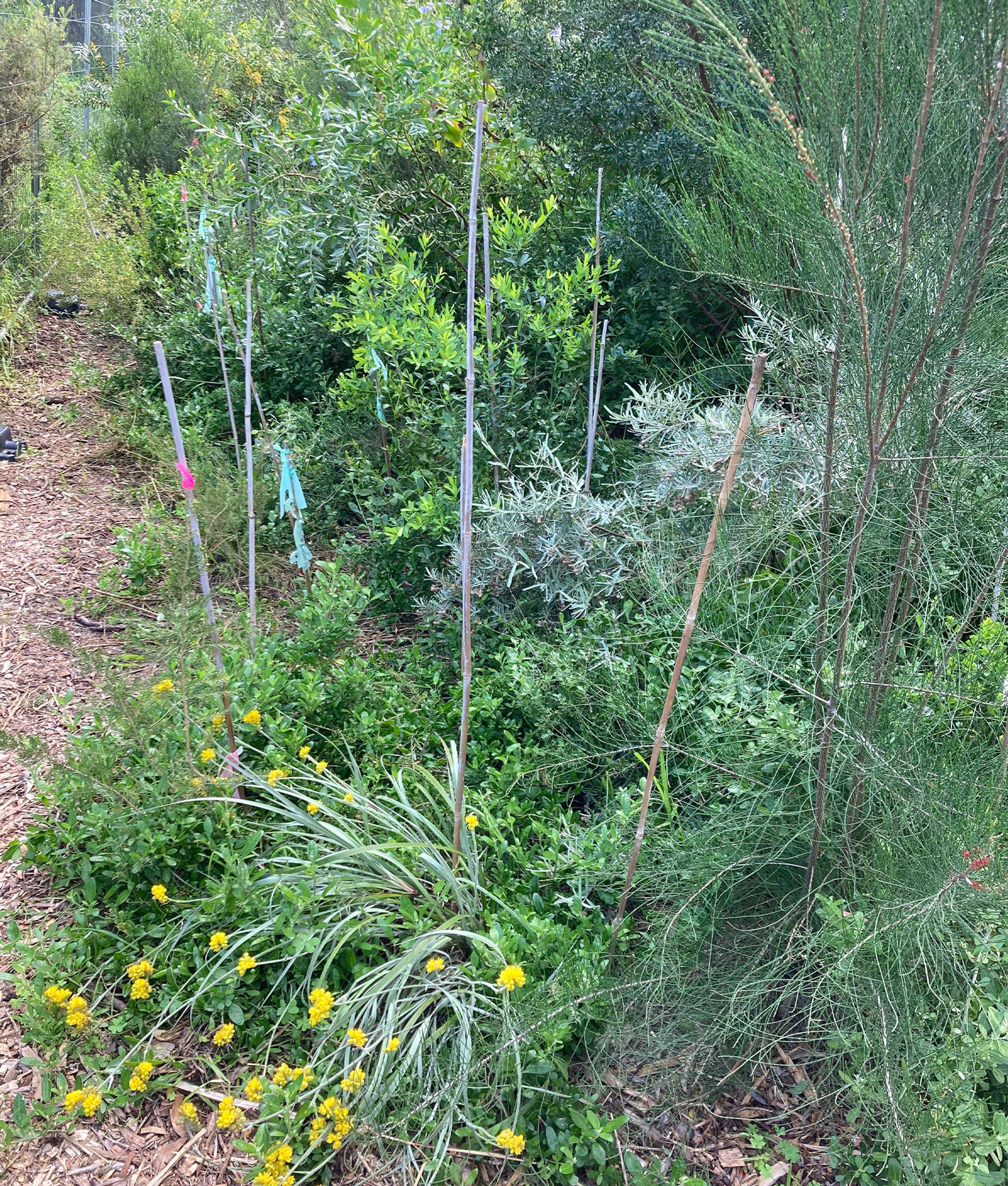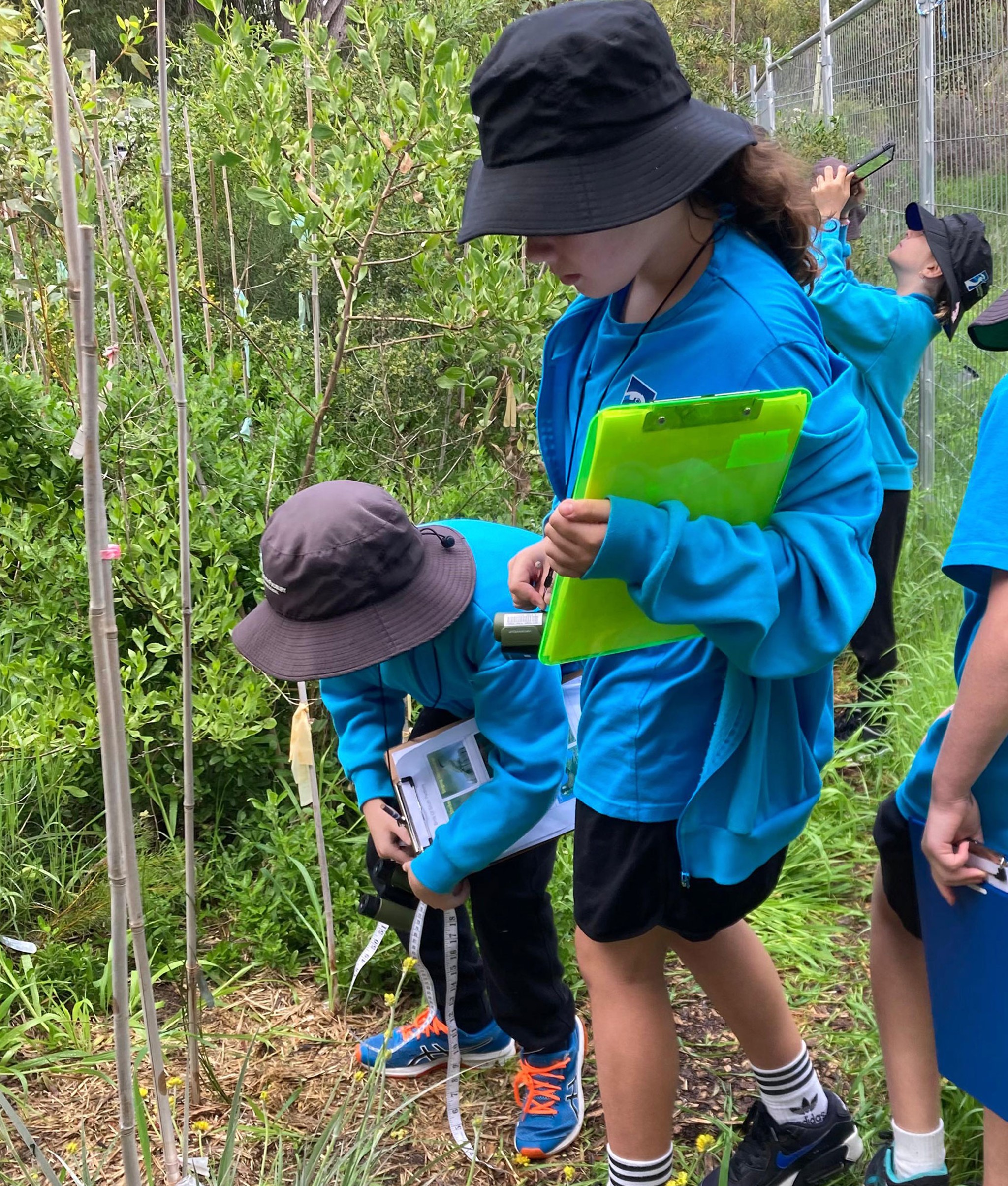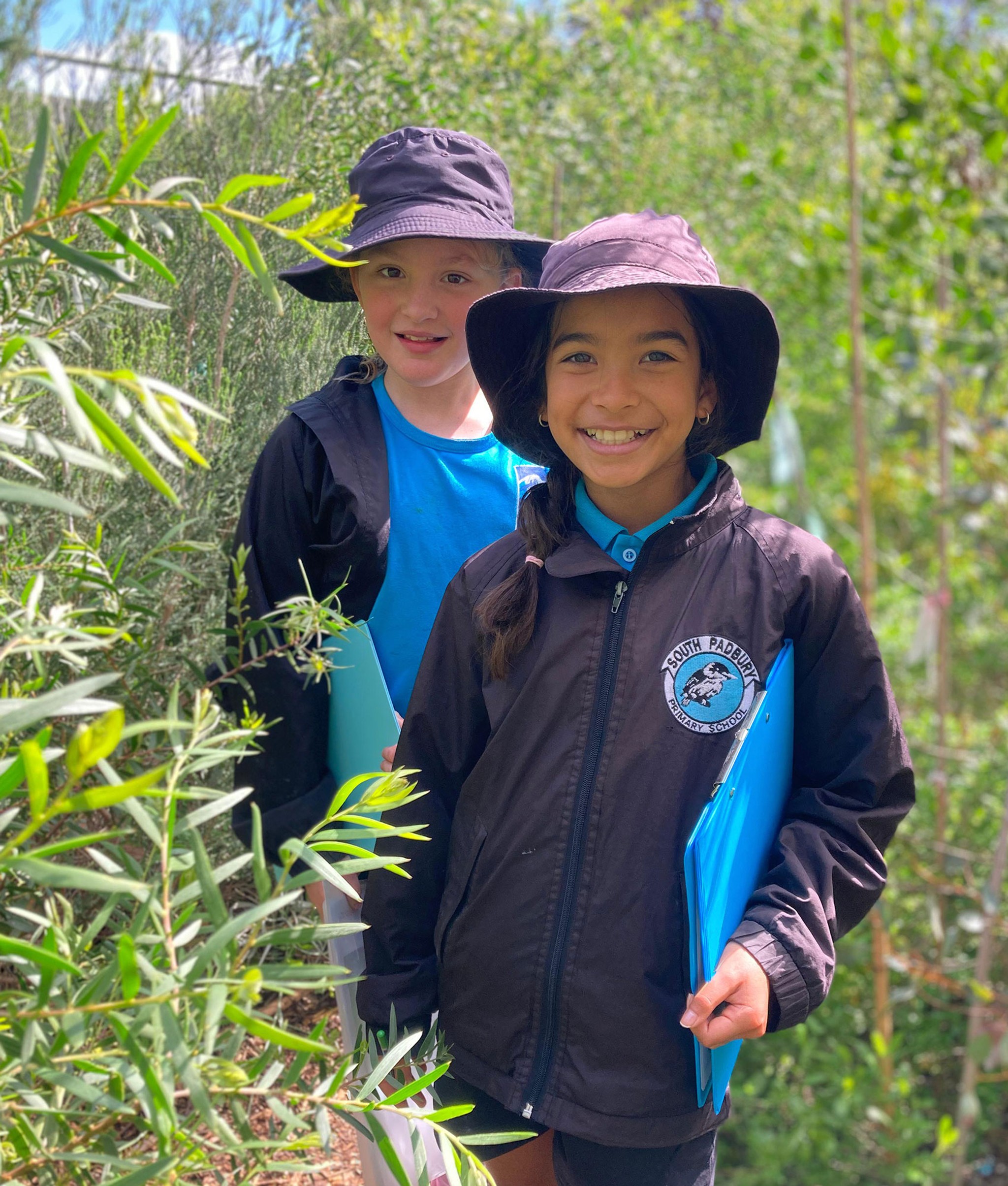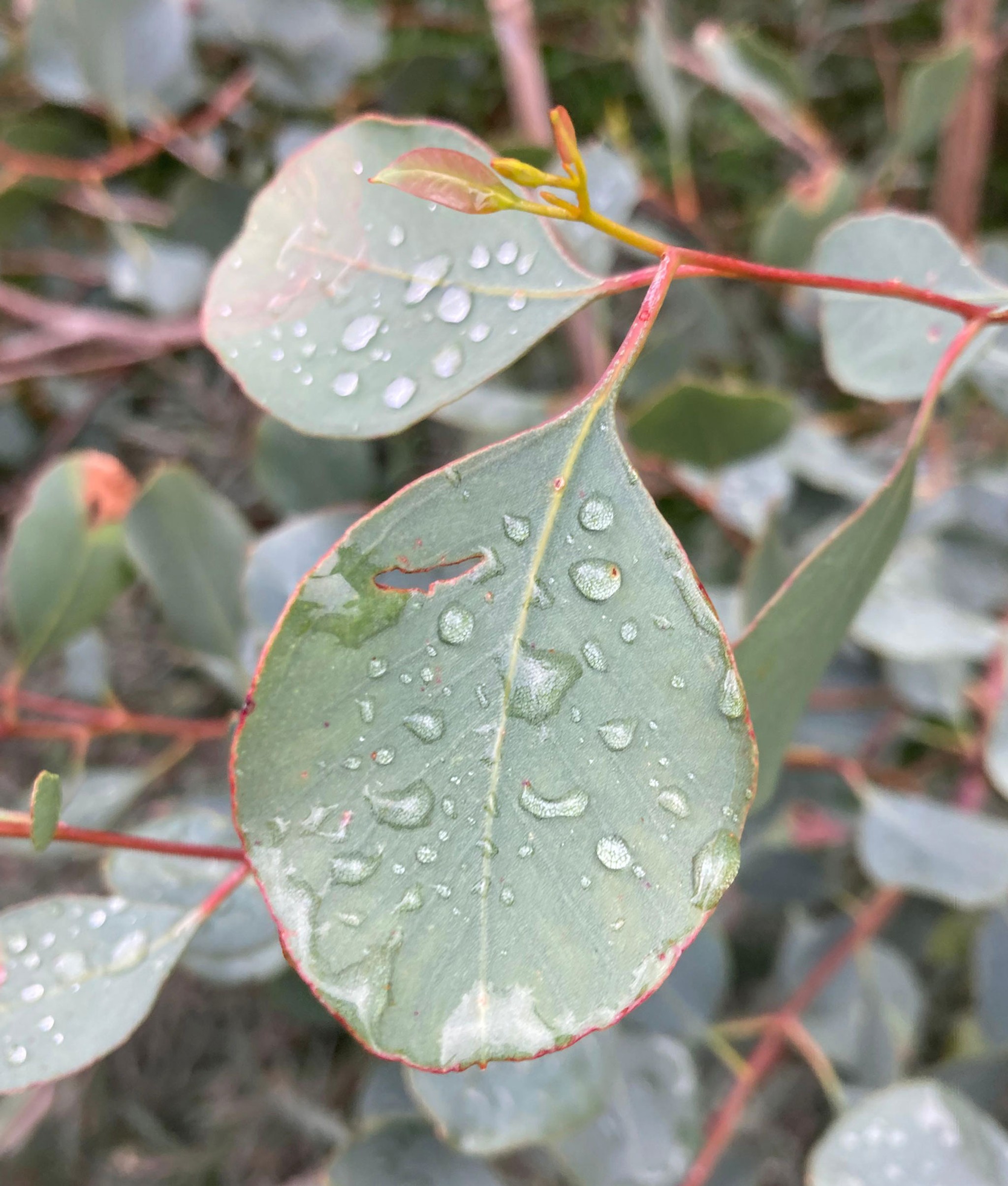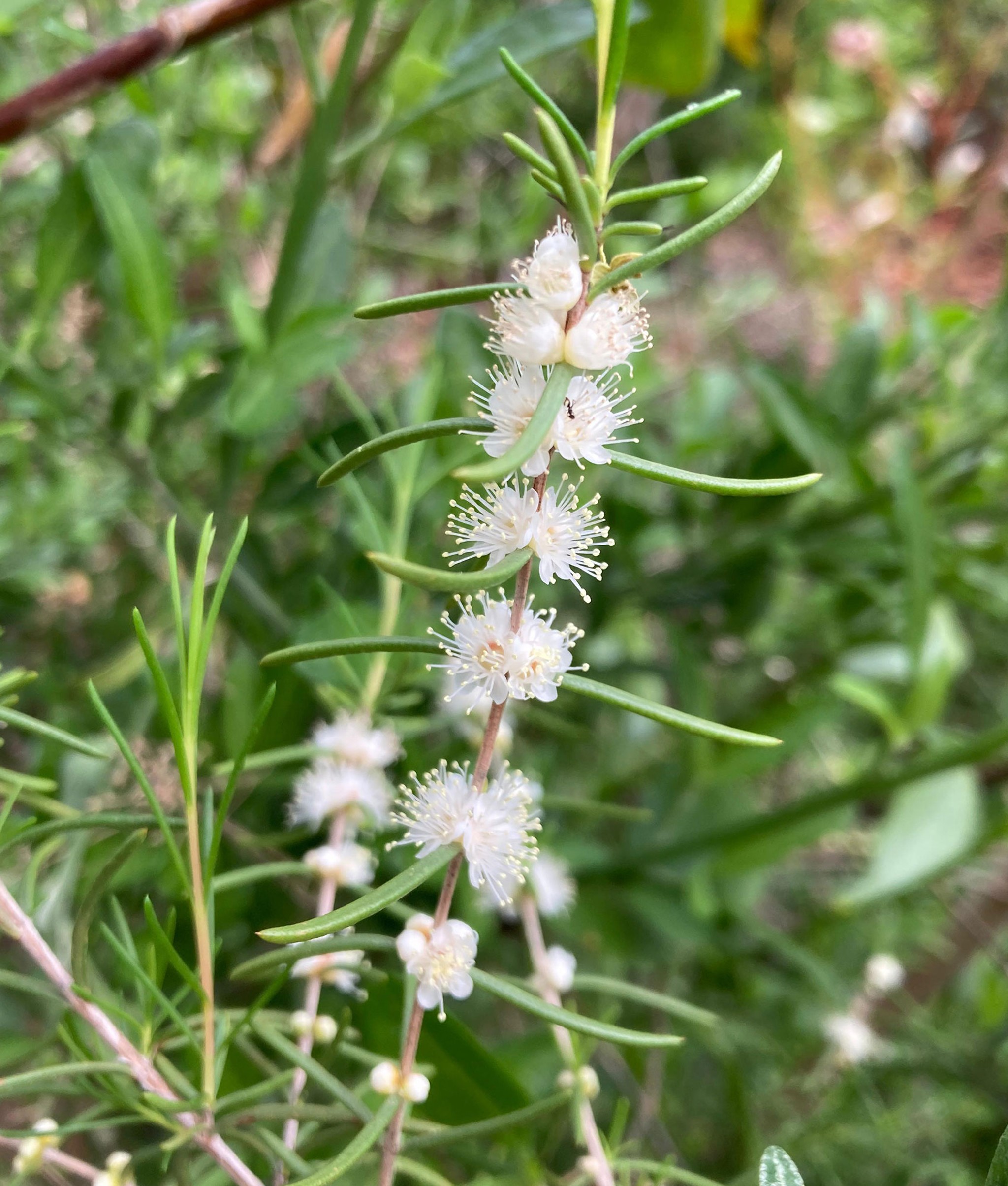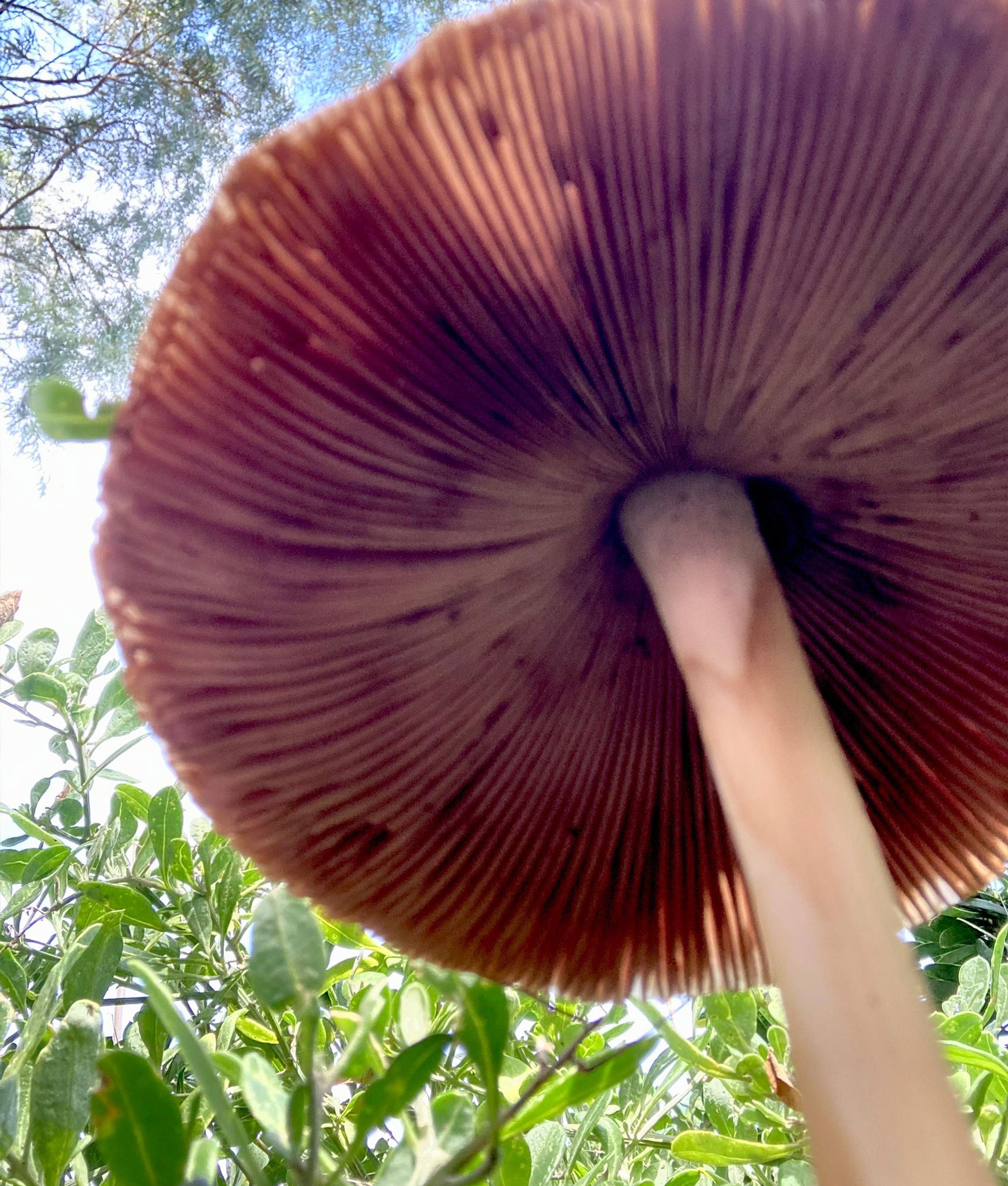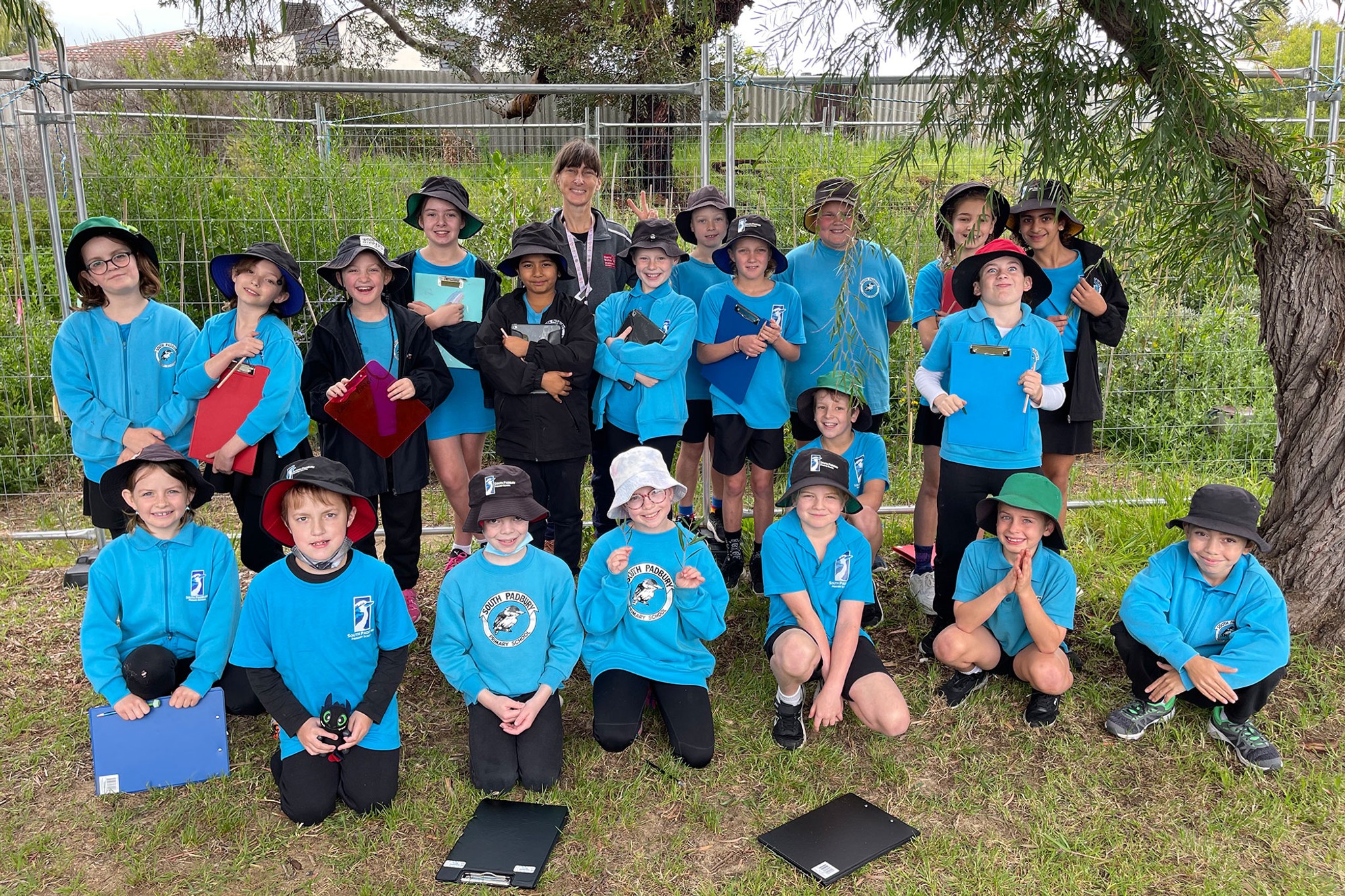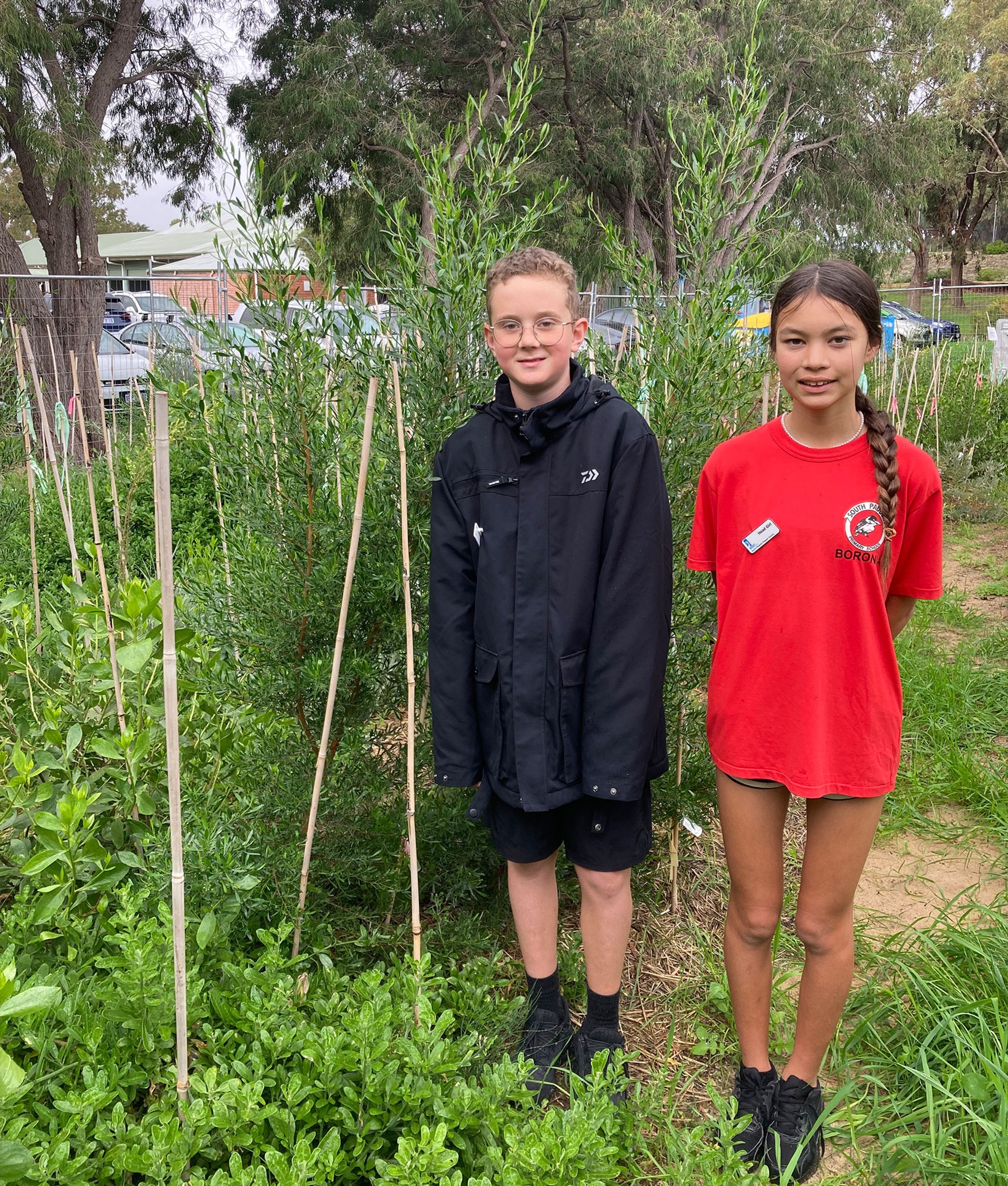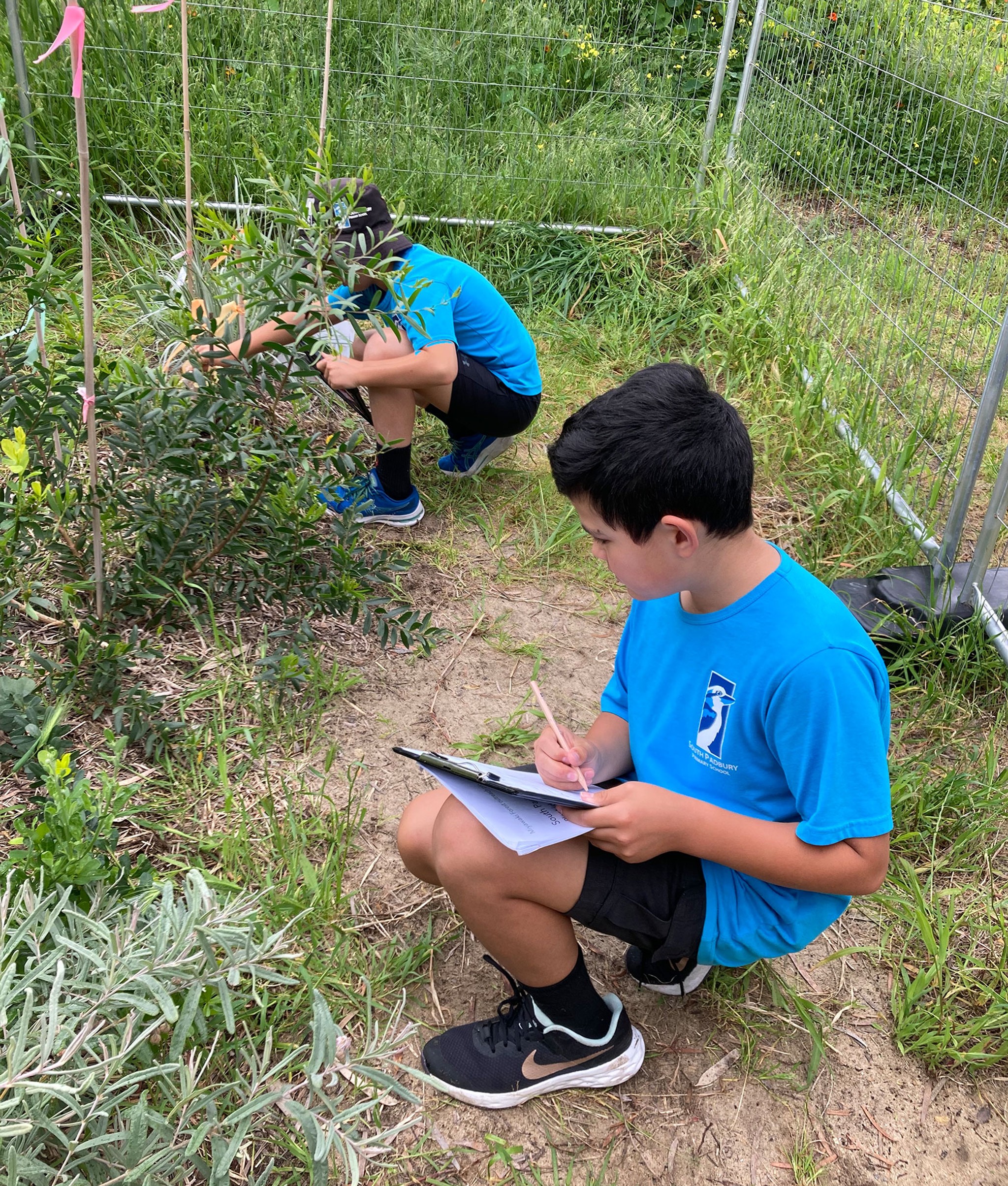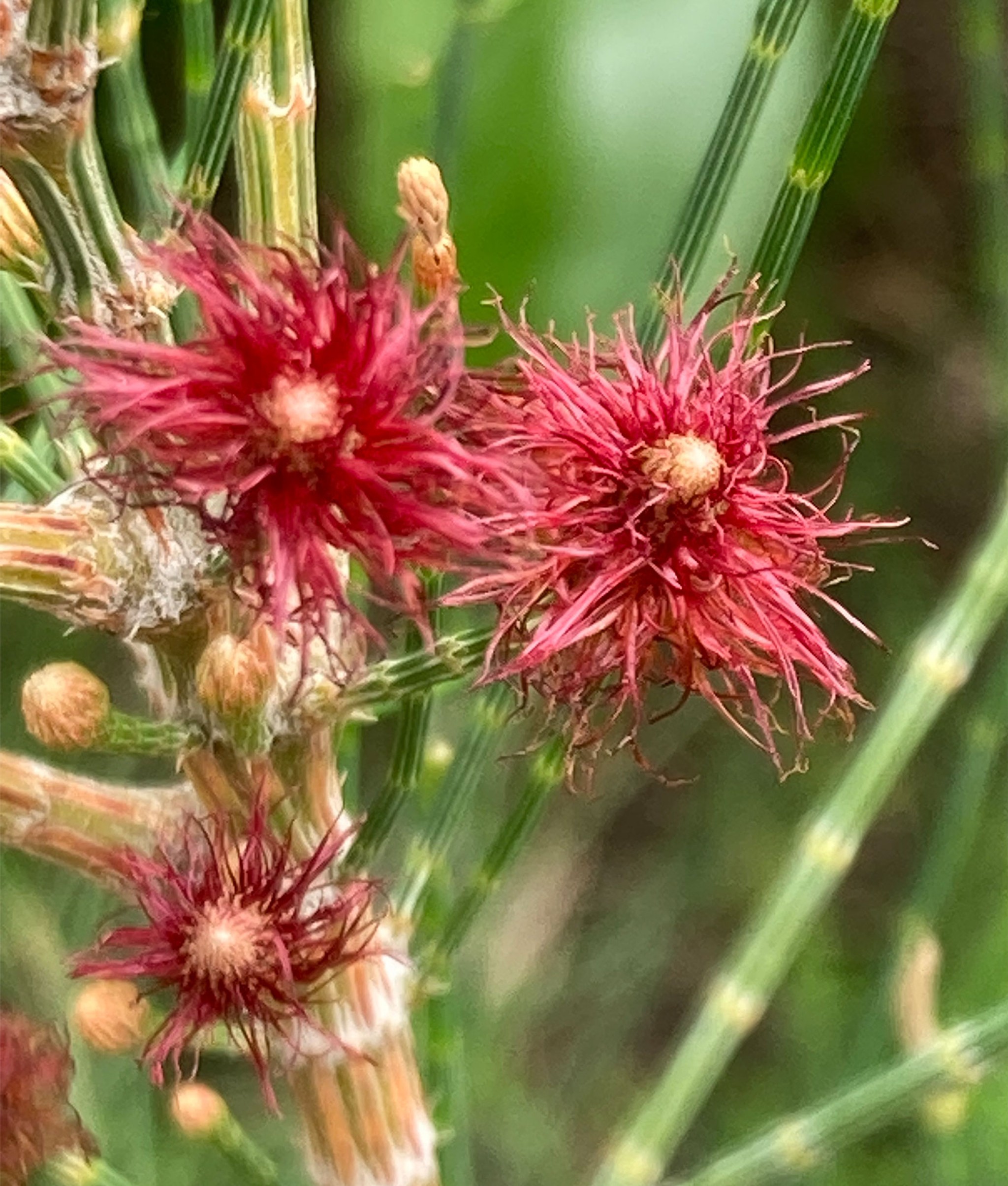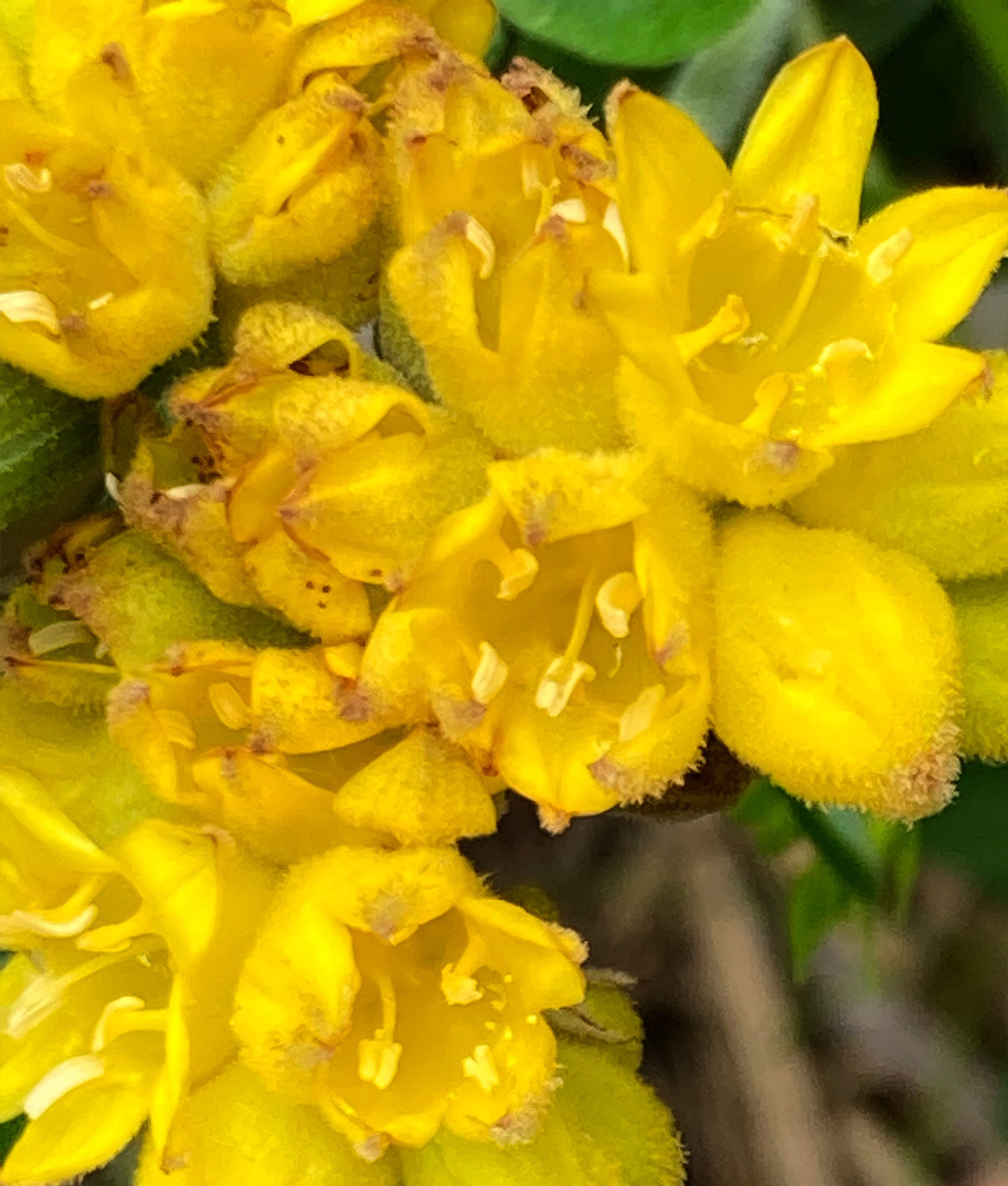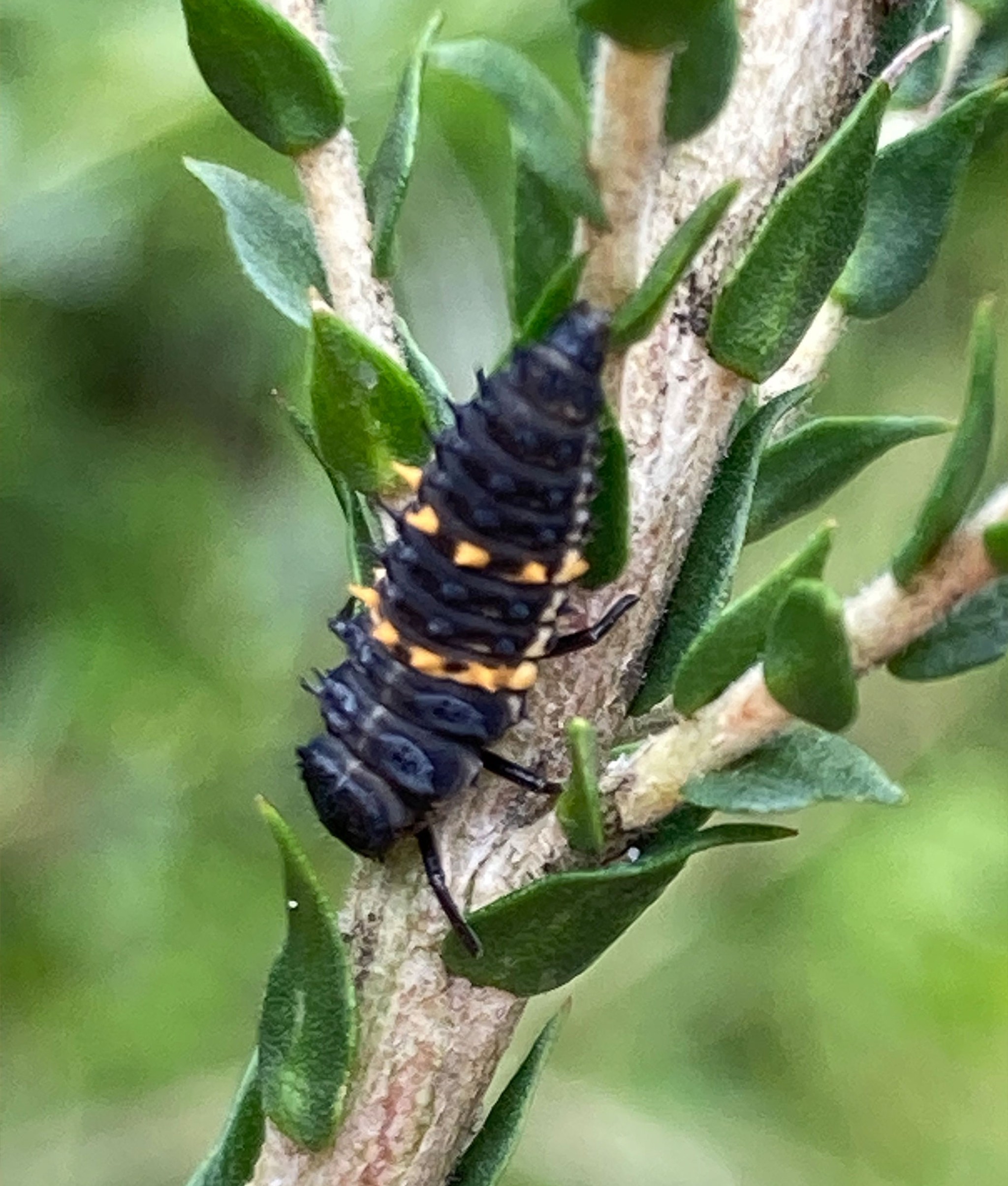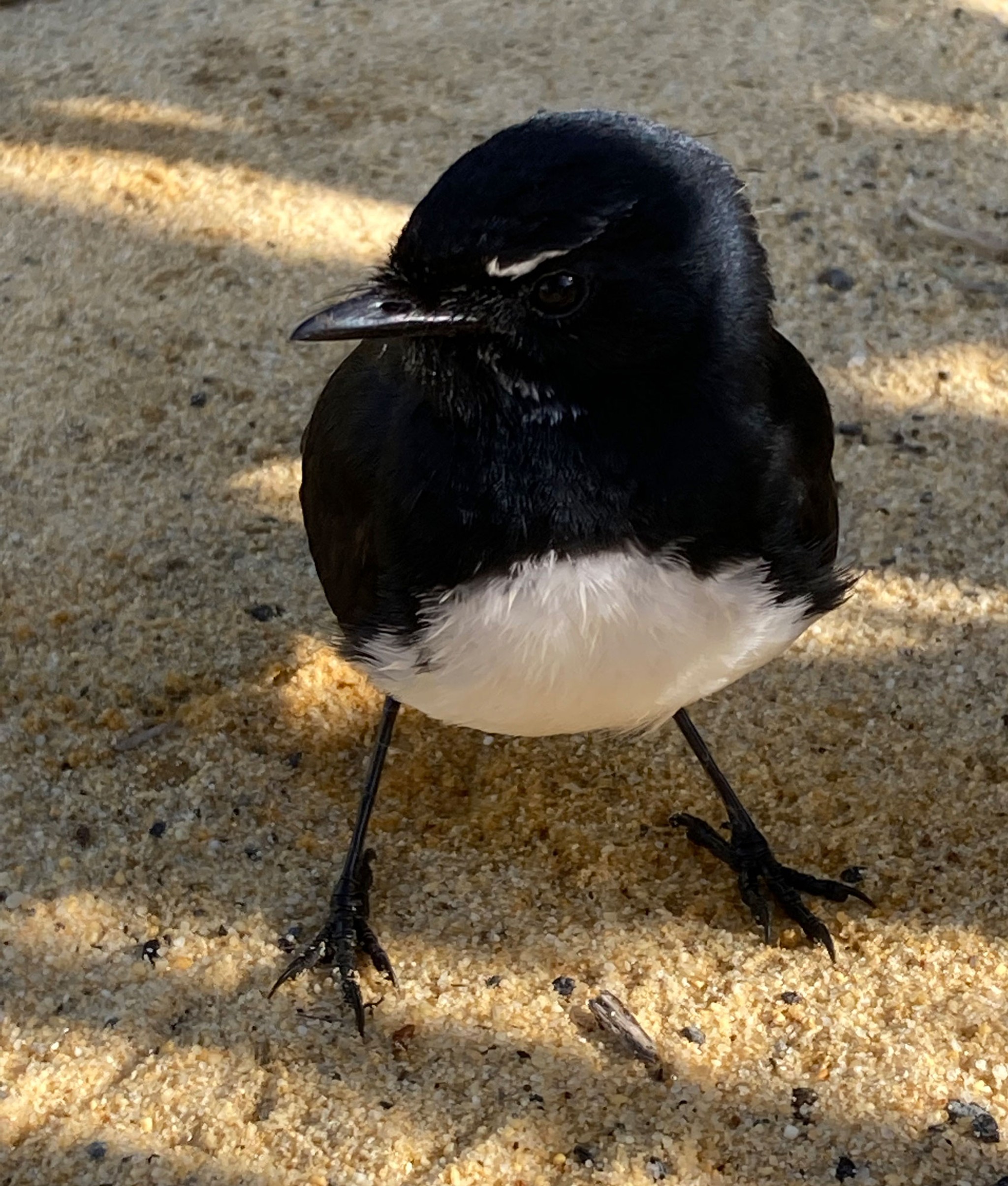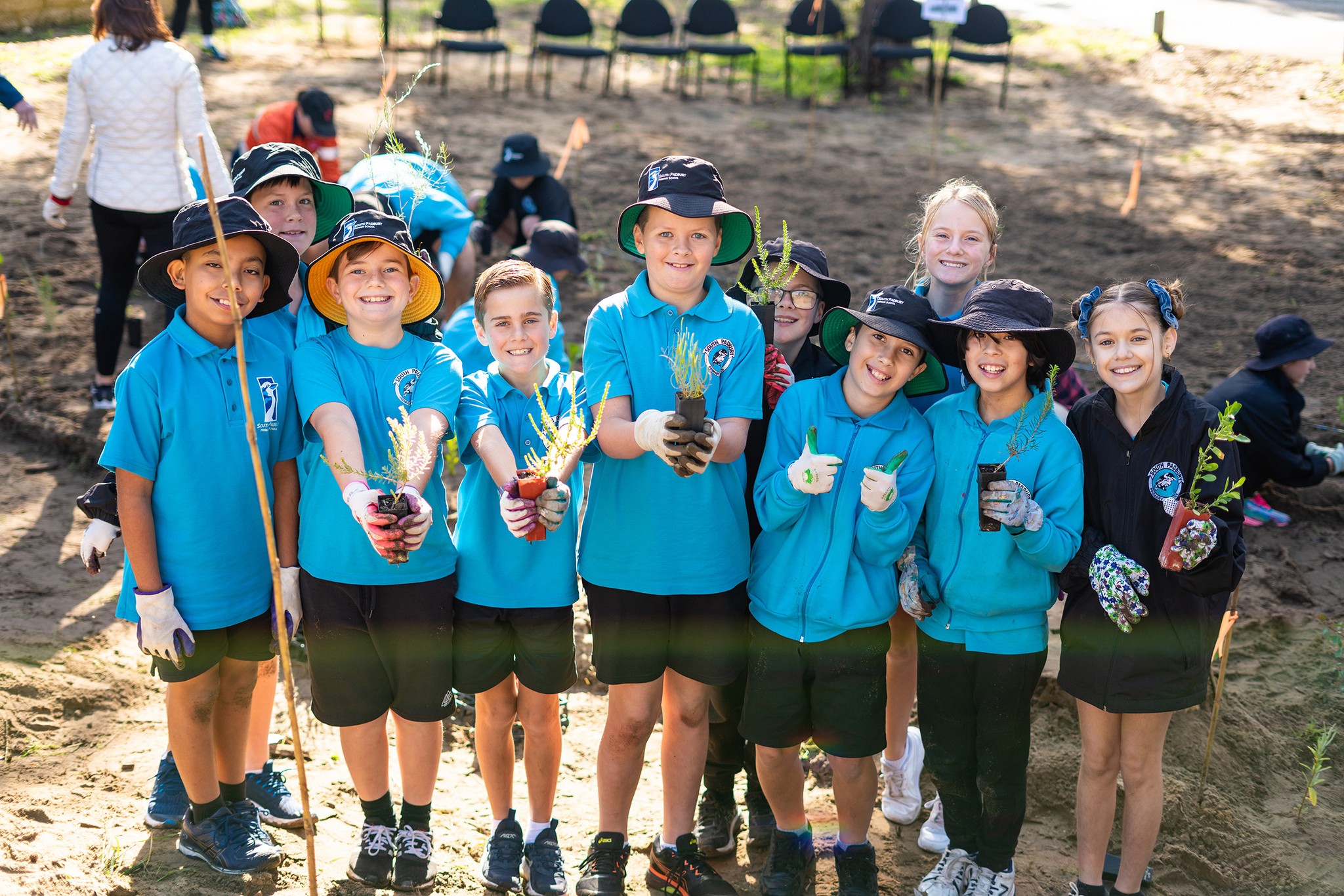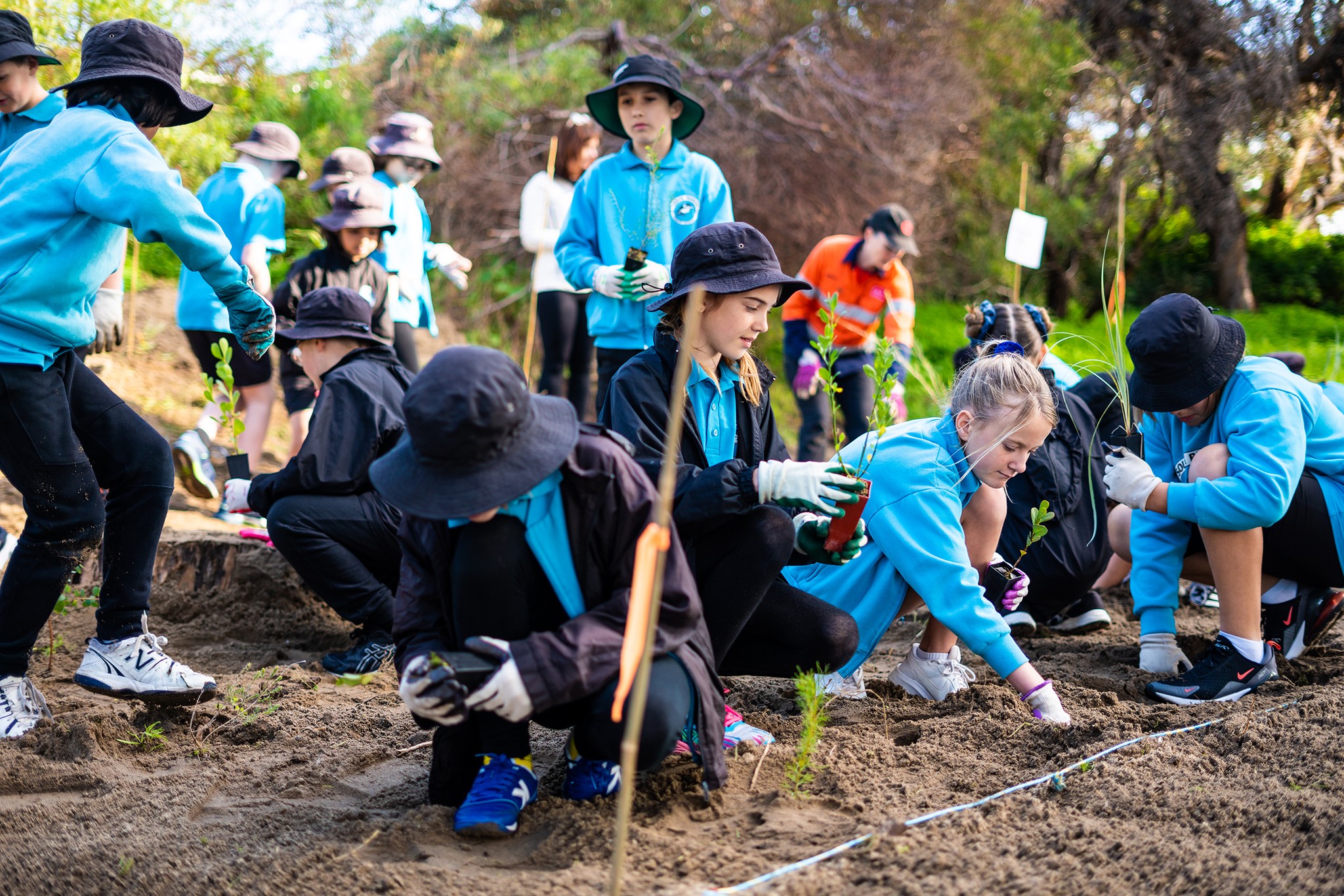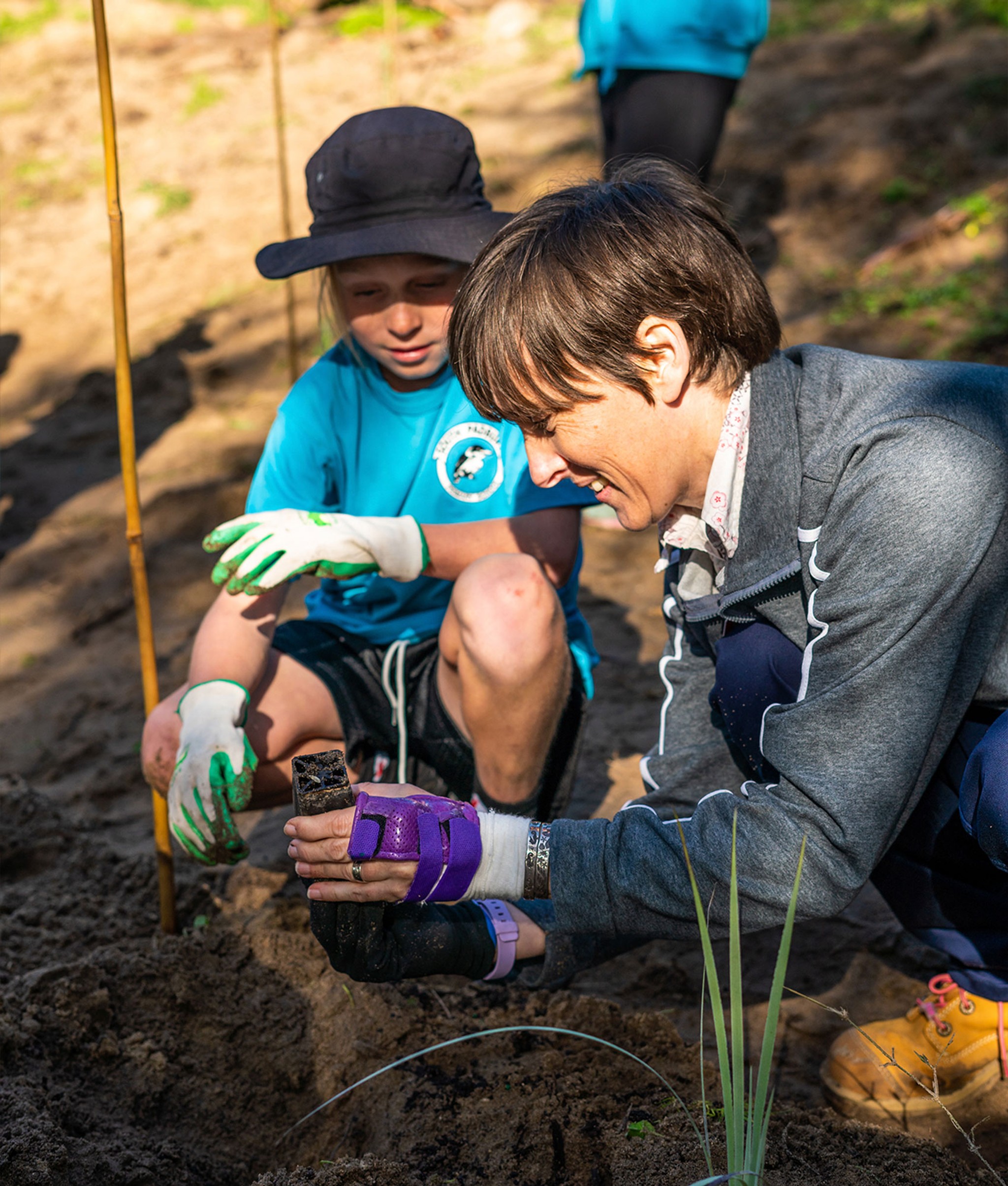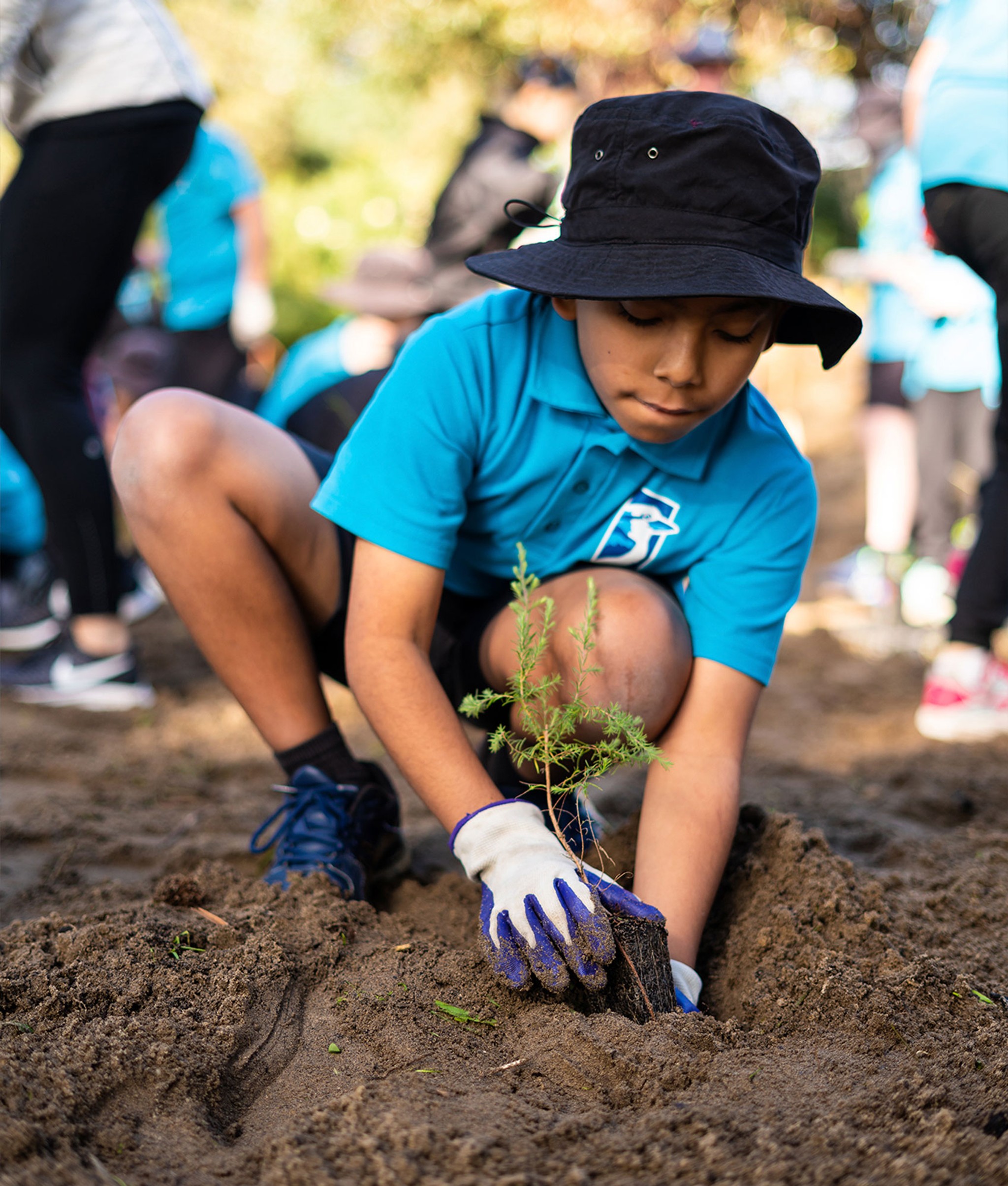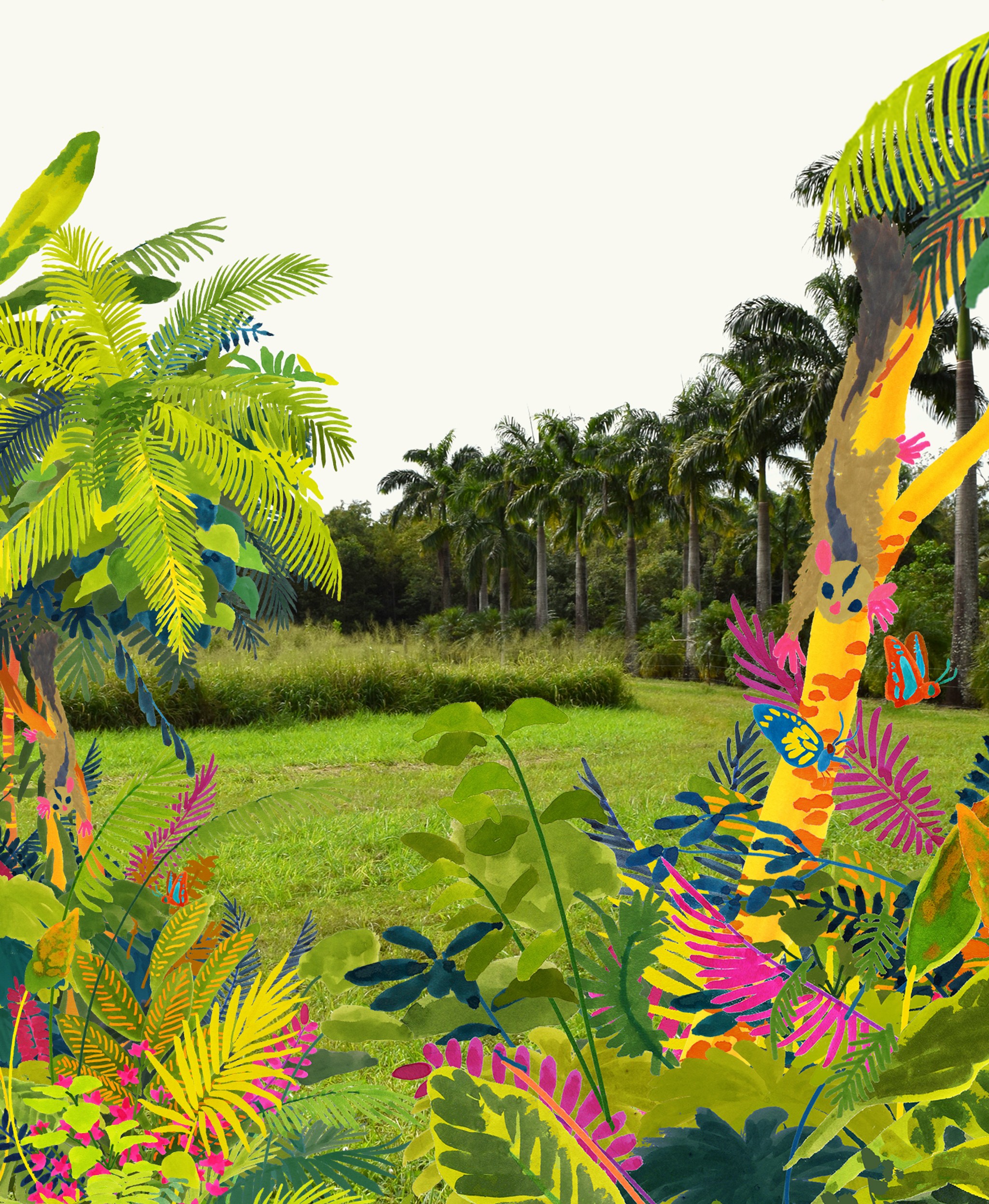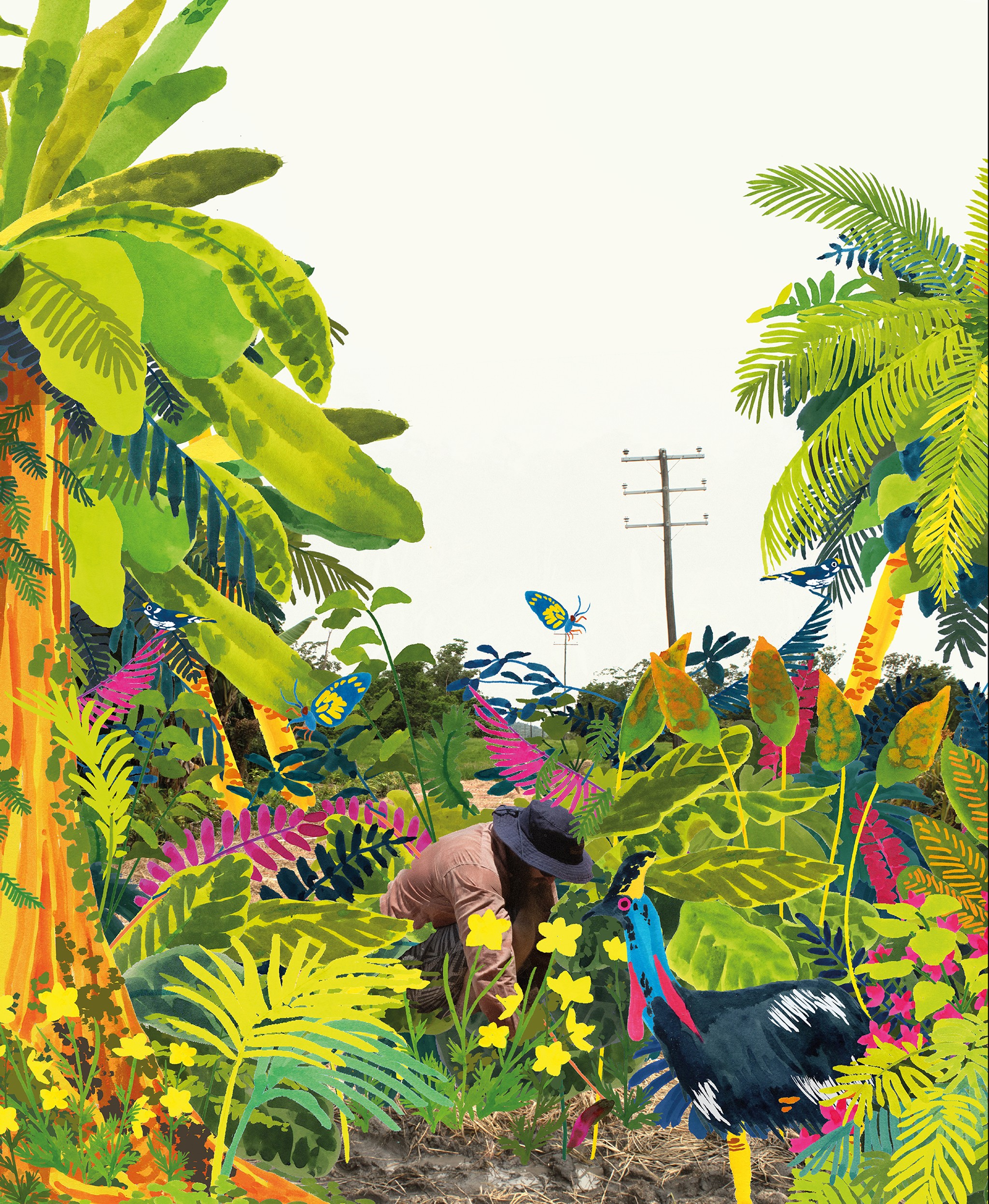South Padbury Primary School
Where restoration, science and people connect.

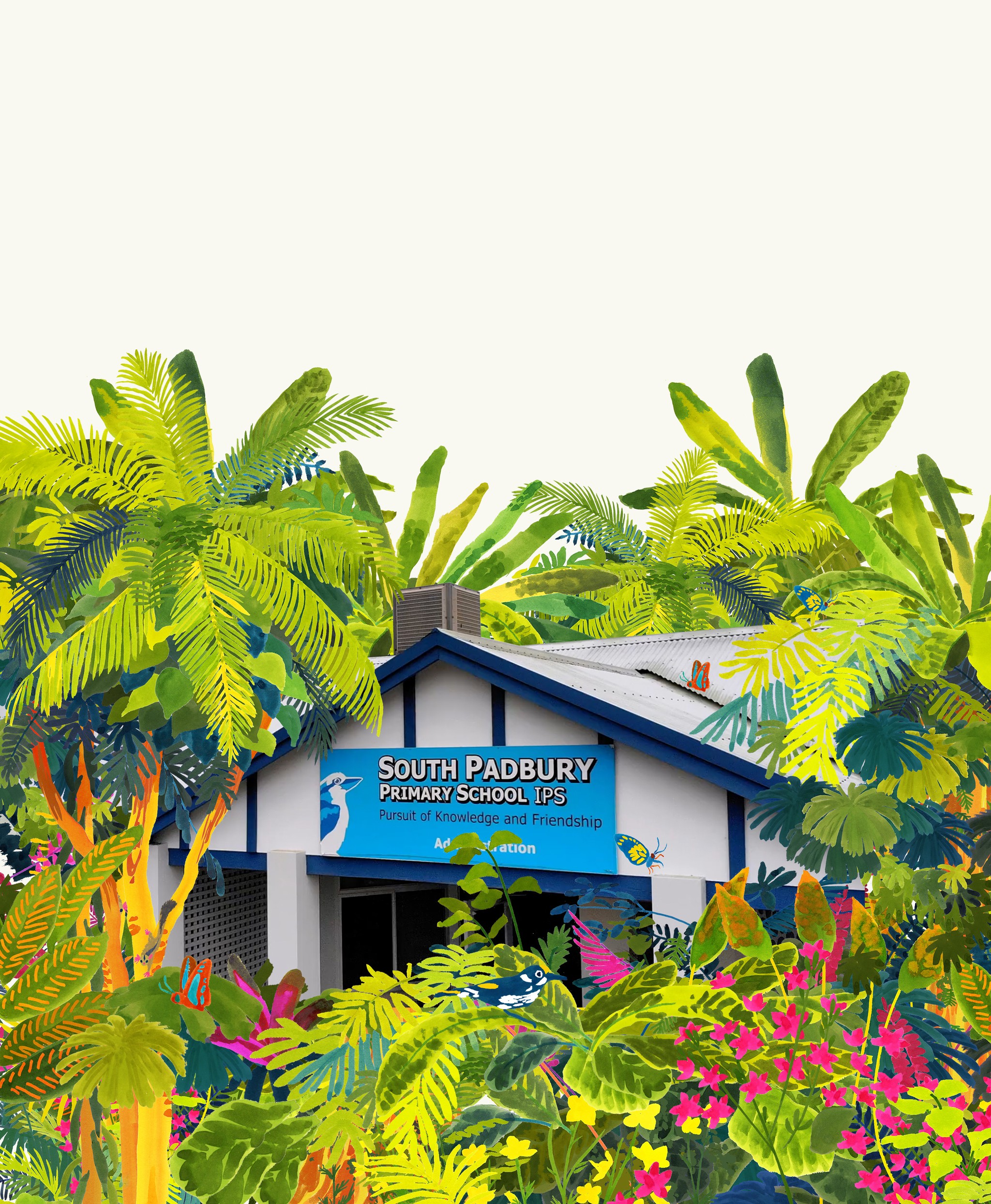
0
Trees
0
Square Meters
0
Native Species
0
Youth Impacted
This beautiful forest was planted at South Padbury Primary school, in a northern Perth suburb, on 22 July 2021. It is the first Miyawaki forest to be planted at a school in Australia, and the first forest of its kind in Western Australia, using the unique plants that are endemic to the region which is recognised as a global biodiversity hotspot.
The forest was planted as part of a dedicated science project run through the Harry Butler Institute at Murdoch University, as well as for an outreach project for school children.
Forest Maker
Dr Grey Coupland


Ecosystem Restored
Final report: 16.12.2024
After approximately three years our SUGi Pocket Forests become self-sustaining. They no longer require human maintenance or watering, and can be handed over to Nature for biodiversity and complexity to naturally develop.
0%
Survival Rate
0
People living within 300 meters
0
kg of potential CO2 sequestration
Biodiversity
Biodiversity is all the different kinds of life you'll find in one area—the variety of animals, plants, fungi, and even microorganisms like bacteria that make up our natural world. Each of these species and organisms work together in ecosystems, like an intricate web, to maintain balance and support life.
0
Potential number of mammals
0
Potential number of birds
0
Potential number of amphibians
Urban Heat Profile
The Urban Heat Island Effect is affecting cities more and more each year and temperetures in urban areas can go up to 12 degrees hotter. This can be reduced and prevented by planting urban forests like this. We collected the air temperatures on an alarmingly hot day in October at South Padbury Primary School and saw amazing results.
0°C
Air Temperature Difference
0°C
Surface Temperature Difference
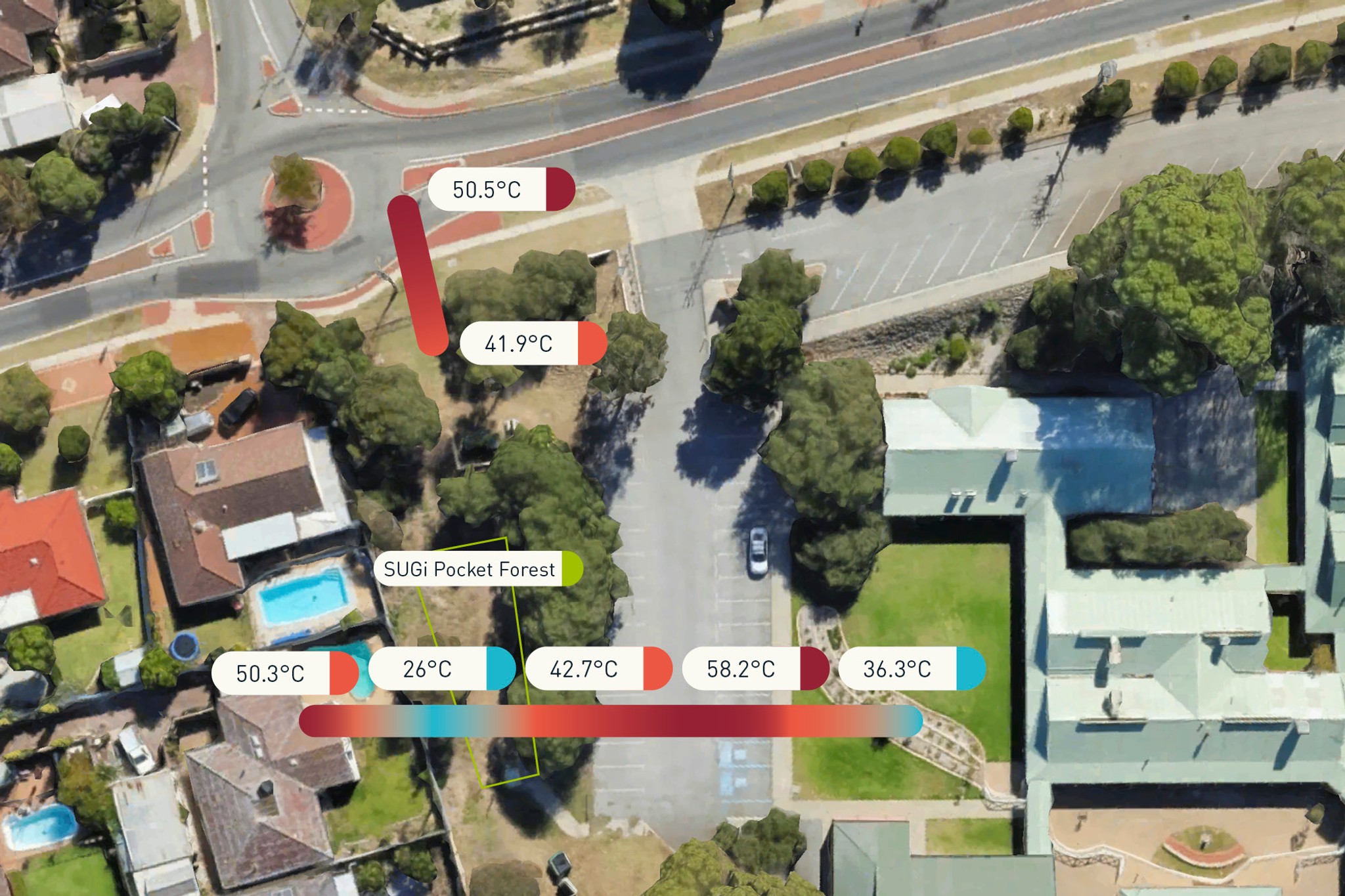
“The forest at South Padbury Primary school comprises 26 local species, including iconic grass trees, as well as the well-known eucalyptus and banksia species. There is a narrow walkway through the center of the forest to allow the children to feel surrounded and enclosed by the forest as it matures.”
Dr. Grey Coupland
Forest Report: 2023
0 Years
Forest Age
0%
Survival Rate
0m
Average of Tallest 3 Trees
The forest has seen a proliferation of flowering this year, with a high abundance of flowers in a range of species, and importantly seed set by Hackett's hopbush (Dodonaea hackettiana), Shining fan flower (Scaevola nitida), Grey cottontail (Conostylis candicans) and Cocky's tongue (Templetonia retusa). Some seeds have been harvested to determine their viability as they were produced in such large numbers.
A diverse array of insects and other invertebrates (over 40 species ) have been recorded. The forest is also a breeding site for insects, with many ladybird nymphs and praying mantis egg cases recorded in the forest. Skinks, a small species of lizard, have been observed in the forest. A variety of bird species visit the forest, making use of the flower and insect resources provided. There was an abundance of fungi fruiting bodies in the forest this year also, with four different species of fungi recorded. The forest has become very dense and leaf litter is accumulating on the forest floor.
Biodiversity Notes:
Forest Report: 2022
0 Months
Forest Age
0%
Survival Rate
0m
Average of Tallest 3 Trees
The pocket forest at South Padbury Primary survived the hottest summer Perth has experienced since records began in 1897. Perth experienced successive heat waves during the 2021-2022 summer, with 13 days at or above 40C. The maximum temperature recorded during this time was 44.5C. This hot summer period resulted in forest plant mortality, as some of the less resilient species, typically the Hakea and Banksia species, were quite literally cooked by the heat. The forest was 5 to 6 months old during this time.
By 12 months the forest had recovered, and has now formed a dense close canopy, providing habitat for a wide range of different organisms. This is providing great enrichment for the South Padbury pupils, as of September 2022, students had observed over 1100 organisms in this pocket forest.
The forest had a beautiful flowering season this spring. The abundance of the flowers was quite breathtaking, and personally I have not observed this density of flowering on individual plants in native bushland. It was truly remarkable. Some of the plants flowering included Dodonea hackettiana (coastal hopbush), Scaevola nitida (shining fanflower), Conostylis candicans (cotton head), Guichenotia ledifolia and even the slow growing Allocasuarina fraseriana (western sheoak).
In November 2022, as we come into the warmer weather, the forest floor is cooler as it is now shaded by a dense canopy. This will protect the forest from some of the heat forecast for the coming summer. Last December (2021) when the children were taking their monthly air and soil temperature measurements on a 30C day, the soil inside the forest (below the hay mulch layer at a depth of 5-10 cm) was on average 25.3C compared to outside the forest 31.1C. This highlights that pocket forests have great potential to provide localised cooling in urban areas.
Biodiversity Notes:
Many insects and small fauna spotted, including various species of caterpillar, butterfly, small reptiles, lizards, praying mantis, kaddydids, moths, ants, and at least six spider species.
Planting: July 2021
Why South Padbury Primary School?
The school outreach program involved not only teaching children about the Miyawaki method by planting the forest with them, but also provided lessons on urban sustainability issues, climate change and urban greening. The forest still provides these important lessons to this day.
Over the past two years, the children have acted as citizen scientists by conducting monthly monitoring of the forest. This has involved assessing plant growth rates, animal diversity and temperature regimes within and outside the forest. Dr Grey Coupland has also been conducting a dedicated science research project alongside the children, investigating soil microbial activity, soil diversity using eDNA, and plant and animal diversity.
















